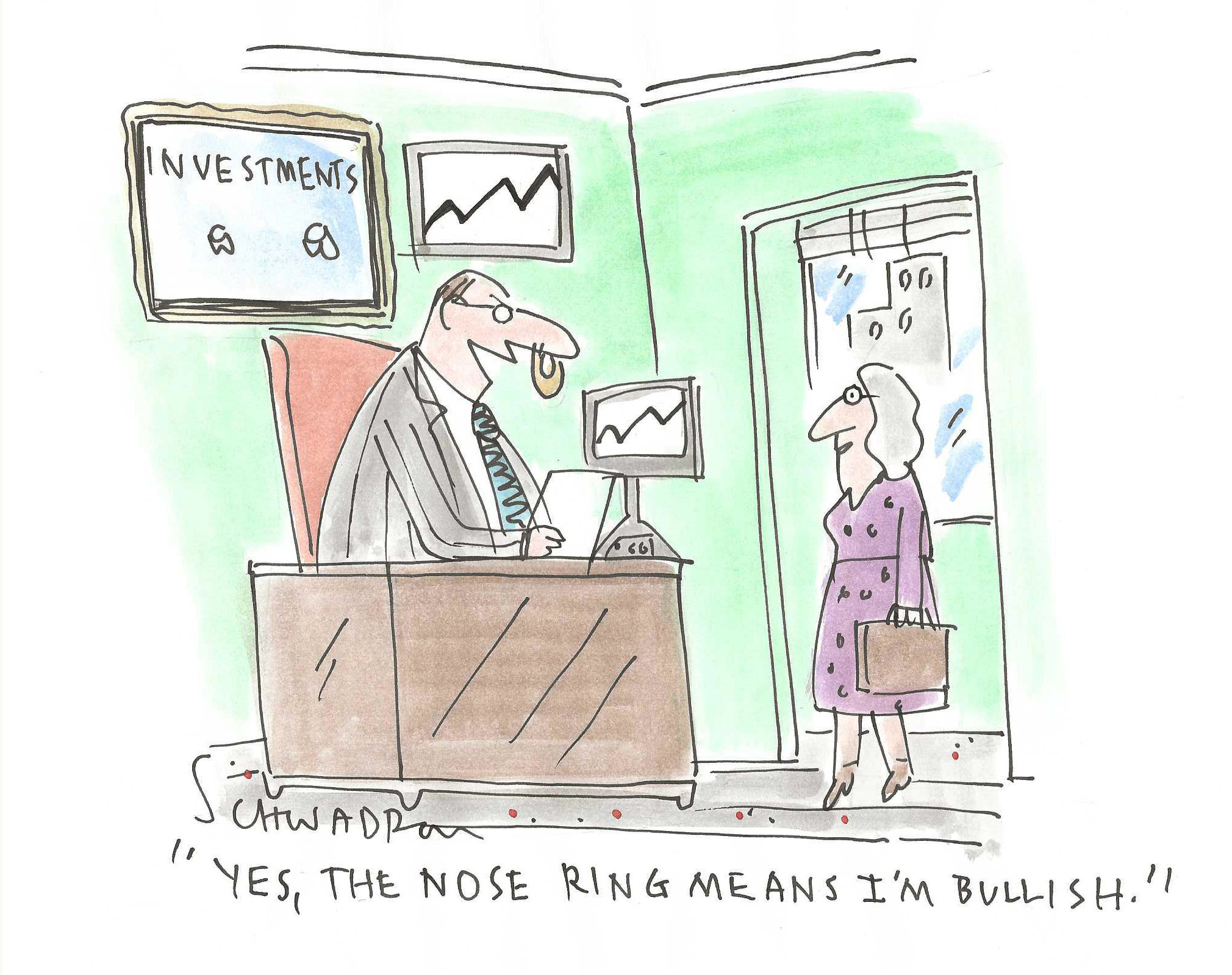Guest commentary: Survive & thrive in 2025 no matter what
By John Grace
Imagine you sold two businesses, netting $5 million. You’ve done the math, and a 4% withdrawal rate provides a comfortable $200,000 per year in retirement. Life is good, and you’re set to enjoy your golden years.
We started 2025 running with the bulls, but deep down, you knew that bear was lurking in the shadows. Then — BAM. The market tanks. Your $5 million nest egg shrinks to $2.5 million overnight.
Now, to maintain your standard of living, you have to double your withdrawal rate to 8% just to keep that same $200,000 coming in.
This is how financial plans crash and burn.
Investors living off their life savings can ill-afford living with bad losses. Savvy investors must determine their appetite for loss before the plane hits the ground hard.
Otherwise, they risk outliving their money, make irreversible mistakes, and turning a once-secure retirement into a nightmare of regret.
THE ILLUSION OF PERPETUAL BULL MARKETS
It’s easy to get complacent after two consecutive 25% gains on the S&P 500 in 2023 and 2024. But history tells us that markets don’t rise forever — and when they correct, they tend to do so violently. Goldman Sachs recently warned investors that the S&P 500’s “Golden Decade of double-digit returns is over.
Their research suggests should expect just 3% annualized returns over the next ten years, which according to Business Insider, would rank in the 7th percentile of stock market performance since 1930. That’s a long way from the 13% average annualized return we’ve enjoyed over the past decade.
If that forecast holds true, blindly relying on historical returns for future planning could be a costly mistake.
THE MARKET’S “BOTOX” MOMENT?
Some experts predict stagflation. Others, like economic forecaster Harry Dent, believe something far worse is on the horizon.
Dent argues that President Donald Trump’s policies will increase inflation, decrease GDP, and trigger a recession and stock market crash. In his words: “Hard to understand why he doesn’t see this. I think he triggers a 5-year overdue recession and a stock crash. And, for that, I will thank him. The market and economy need a Botox.”
Political views aside, his core message is clear: this market is overdue for a serious correction.
WHAT HAPPENS WHEN THE BEAR BITES?
Here’s the uncomfortable truth: investors withdrawing money from their portfolios don’t enjoy the luxury of waiting for a market recovery. If you’re in accumulation still working and contributing-market dips are buying opportunities.
But those dips can become death spirals if you’re living off your investments.
This is why investors must be proactive, not reactive. Waiting until after the bear market arrives is too late.
WHAT SAVVY INVESTORS ARE DOING NOW
• Reassessing Risk Tolerance. Do you know how much loss you can truly handle before it impacts your long-term financial security? If not, now is the time to find out. If a 30-50% market decline would force you to double your withdrawal rate, it’s time to adjust your strategy.
• Movement in Mind, Body, and Portfolio is Medicine. Active management may serve you better than passive in a low-return market. Passive investing has been the golden child of portfolio management in the past. Active management has the potential to outperform passive investing, especially when index ratios remain stagnant.
• Lowering Your Withdrawal Rate. The 4% rule was built on decades of data, but if the future returns are closer to 3%, that math no longer works. Consider adjusting your withdrawal strategy to 3% or lower to ensure your portfolio might last as long as you.
• Diversifying Beyond Stocks and Bonds. Alternative investments include anything outside of traditional stocks and bonds. This could be investments that hold a controlling interest in privately held companies, infrastructure, warehouses, student housing and Data Center Infrastructure for AI.
FINAL THOUGHTS
The best way to prevent emotional decision-making is to have a plan before disaster strikes. The S&P 500’s double-digit returns may be in the rearview mirror.
Whether the next decade brings stagflation or an outright crash of our lifetime, investors who prepare now will be the ones who survive and thrive to tell their stories tomorrow.
• John Grace is a financial planner and president of Investor’s Advantage in Thousand Oaks.









